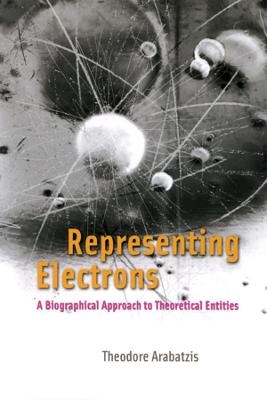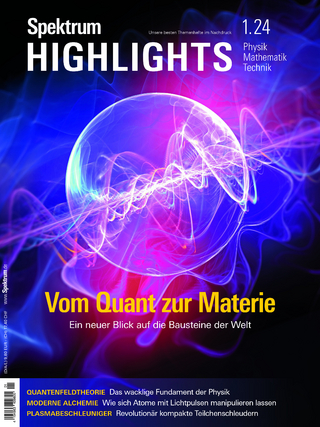
Representing Electrons
A Biographical Approach to Theoretical Entities
Seiten
2005
University of Chicago Press (Verlag)
978-0-226-02420-2 (ISBN)
University of Chicago Press (Verlag)
978-0-226-02420-2 (ISBN)
- Titel z.Zt. nicht lieferbar
- Versandkostenfrei innerhalb Deutschlands
- Auch auf Rechnung
- Verfügbarkeit in der Filiale vor Ort prüfen
- Artikel merken
Focuses on the development of various theoretical representations of electrons from the late 1890s to 1925 and the methodological problems associated with writing about unobservable scientific entities. Using the electron as a historical actor, the author illustrates the emergence and gradual consolidation of its representation in physics.
Both a history and a metahistory, "Representing Electrons" focuses on the development of various theoretical representations of electrons from the late 1890s to 1925 and the methodological problems associated with writing about unobservable scientific entities. Using the electron - or rather its representation - as a historical actor, Theodore Arabatzis illustrates the emergence and gradual consolidation of its representation in physics, its career throughout old quantum theory, and its appropriation and reinterpretation by chemists. As Arabatzis develops this novel biographical approach, he portrays scientific representations as partly autonomous agents with lives of their own. Furthermore, he argues that the considerable variance in the representation of the electron does not undermine its stable identity or existence.
Raising philosophical issues of contentious debate in the history and philosophy of science - namely, scientific realism and meaning change - Arabatzis addresses the history of the electron across disciplines, integrating historical narrative with philosophical analysis in a book that will be a touch-stone for historians and philosophers of science and scientists alike.
Both a history and a metahistory, "Representing Electrons" focuses on the development of various theoretical representations of electrons from the late 1890s to 1925 and the methodological problems associated with writing about unobservable scientific entities. Using the electron - or rather its representation - as a historical actor, Theodore Arabatzis illustrates the emergence and gradual consolidation of its representation in physics, its career throughout old quantum theory, and its appropriation and reinterpretation by chemists. As Arabatzis develops this novel biographical approach, he portrays scientific representations as partly autonomous agents with lives of their own. Furthermore, he argues that the considerable variance in the representation of the electron does not undermine its stable identity or existence.
Raising philosophical issues of contentious debate in the history and philosophy of science - namely, scientific realism and meaning change - Arabatzis addresses the history of the electron across disciplines, integrating historical narrative with philosophical analysis in a book that will be a touch-stone for historians and philosophers of science and scientists alike.
Theodore Arabatzis is assistant professor in the Department of Philosophy and History of Science at the University of Athens.
| Erscheint lt. Verlag | 13.1.2006 |
|---|---|
| Sprache | englisch |
| Maße | 16 x 24 mm |
| Gewicht | 539 g |
| Themenwelt | Naturwissenschaften ► Physik / Astronomie ► Hochenergiephysik / Teilchenphysik |
| ISBN-10 | 0-226-02420-2 / 0226024202 |
| ISBN-13 | 978-0-226-02420-2 / 9780226024202 |
| Zustand | Neuware |
| Haben Sie eine Frage zum Produkt? |
Mehr entdecken
aus dem Bereich
aus dem Bereich
Neue Sicht auf die Bausteine der Welt
Buch (2024)
Spektrum der Wissenschaft (Verlag)
9,80 €


